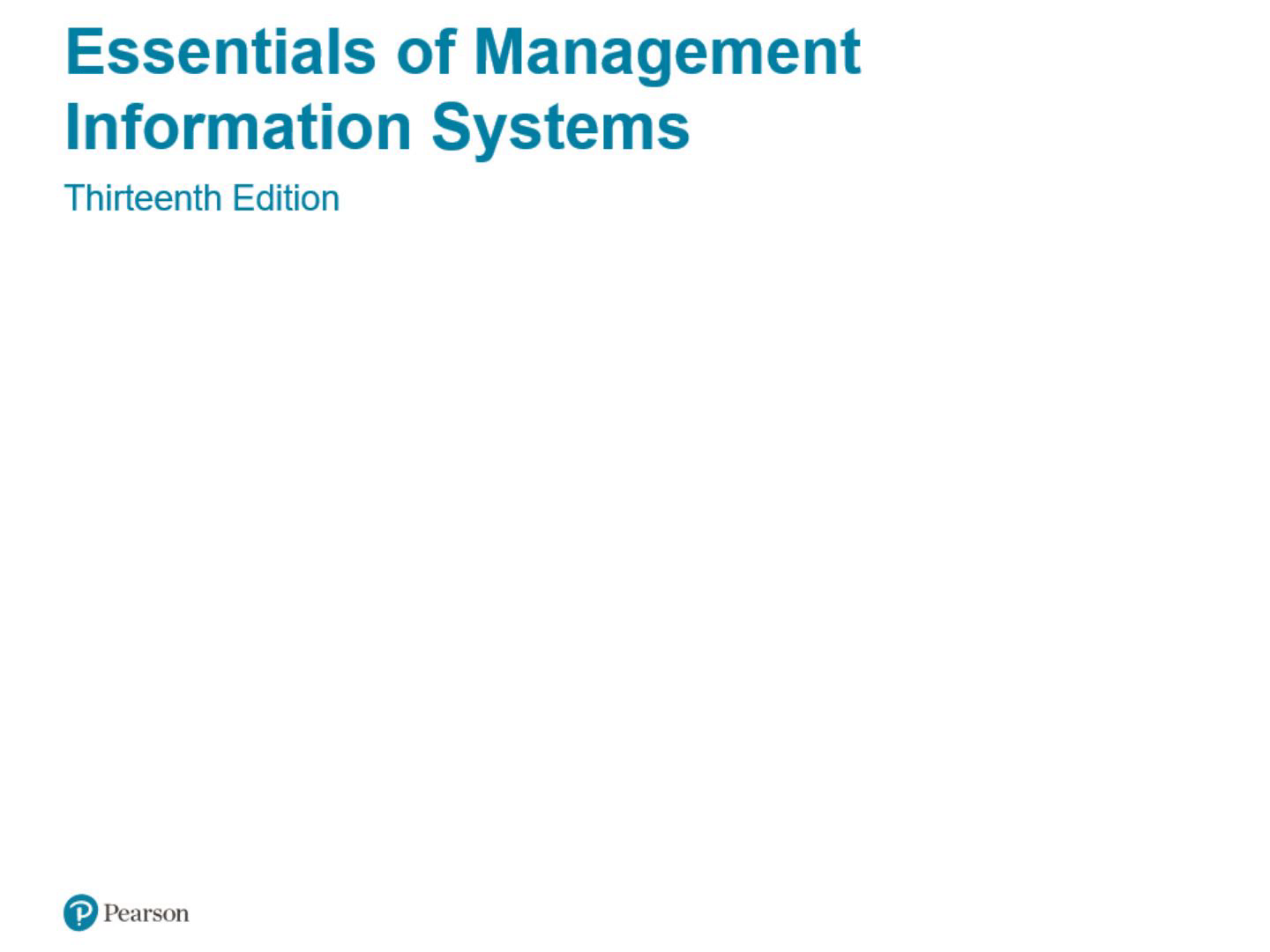
Page 1 (0s)
[Audio] If this PowerPoint presentation contains mathematical equations, you may need to check that your computer has the following installed: 1) MathType Plugin 2) Math Player (free versions available) 3) NVDA Reader (free versions available).
Page 2 (22s)
Dark Side of Big Data. Technological innovations can be a double-edged sword Progressive Insurance: offer to install a device to analyze driving habits to provide better insurance rates- However…based on the data, penalize drivers ( for e.g., who drive in the night time) Deloitte developed a predictive modeling system for insurance applicants – What you might pick up at the drug store may increase health insurance rates. Data brokers provide report on retirees with little or no savings to lenders that offer reverse mortgages..
Page 3 (44s)
[Audio] Ask students to describe some of the ethical dilemmas that are presented by information systems and new developments in technology. Privacy is an important issue—mention the opening case again and explain that the business models of Google, Facebook, and many other sites depend on getting users to give up their personal information so it can be used to market and sell them products..
Page 4 (1m 9s)
[Audio] Can students provide any examples of how IT has challenged some area of ethics, social life, or legal arrangements?.
Page 5 (1m 27s)
Professional Codes of Conduct. Promulgated by associations of professionals American Medical Association (A M A ) American Bar Association (A B A ) Association for Computing Machinery (A C M ) Promises by professions to regulate themselves in the general interest of society.
Page 6 (1m 39s)
[Audio] Other ethical dilemmas include companies trying to use new systems to reduce the size of their workforce, such as telephone companies using automated systems to reduce the need for human operators. Emphasize that in cases like these, right and wrong are not clearly defined, but instead, contrasting values are at odds with one another (companies value productivity, employees value their work)..
Page 7 (2m 3s)
[Audio] Do students believe that there are sufficient protections for privacy in law? If not, what are possible methods of developing appropriate privacy protections? Table 4.3 in the text lists a variety of other laws affecting both the government and private institutions, but few areas of the private sector are as well regulated with respect to privacy. Do an in-class poll and ask students who among them feel they can control the use of their personal information on the Internet. You should get no one raising their hand..
Page 8 (2m 35s)
[Audio] EU protections of privacy are far more powerful than the United States because they require informed consent before a firm can do anything with personal information besides support the transaction at hand. In Europe, there is no junk postal mail for instance because advertising firms are prohibited from using personal information obtained from third parties, and without the consent of the individual..
Page 9 (3m 1s)
[Audio] What are students' attitudes toward these technologies? Emphasize that cookies can be useful at trusted sites, but perhaps invasive at others. Have students had any experience with spyware or web bugs on their own computers? How would they know they are being tracked?.
Page 10 (3m 20s)
[Audio] Do students believe that businesses should be pressed to provide more comprehensive privacy protections online? Explain that businesses prefer the looser regulation, but that individuals may not. Also emphasize that most individuals do not take the proper steps to ensure their own privacy in any case. Most people do not know how to protect their privacy online. Does that mean that privacy is unimportant or that people don't care?.
Page 11 (3m 48s)
[Audio] Figure 4.3, Page 129. Cookies are written by a website on a visitor's hard drive. When the visitor returns to that website, the web server requests the ID number from the cookie and uses it to access the data stored by that server on that visitor. The website can then use these data to display personalized information. Ask students to pinpoint where potential privacy invasions might occur in the process shown above. Students may suggest that no real privacy violation is occurring in the figure, which is a legitimate point of view. If so, ask them how they might feel about a website they did not trust engaging in the displayed process..
Page 12 (4m 29s)
[Audio] How many students have used technical solutions to protect their privacy?.
Page 13 (4m 38s)
Challenges to Intellectual Property Rights. Digital media is different from physical media Ease of replication Ease of transmission (networks, Internet) Ease of alteration Difficulties in establishing uniqueness Digital Millennium Copyright Act (D M C A ).